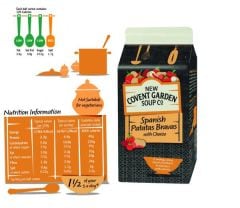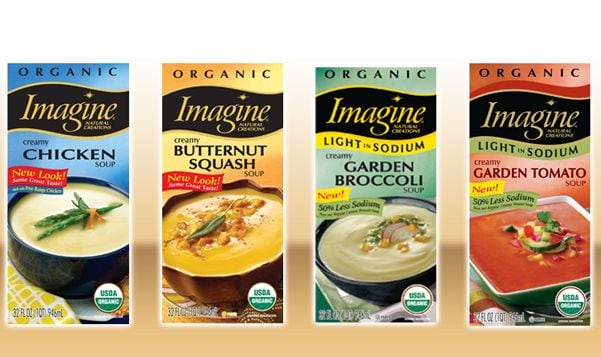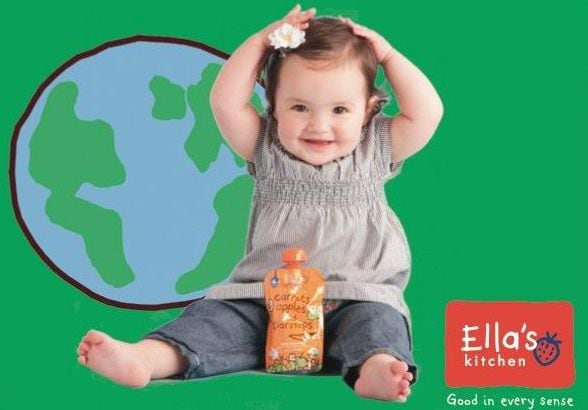Asked by an analyst on Hain Celestial’s fourth quarter earnings call what bosses had learned from test marketing NCG soups (developed by Hain’s UK subsidiary Hain Daniels) in selected locations in the US, CEO Irwin Simon said:
“What I continuously [hear is that], consumers don't want to buy soup in cans today.
“So that's number one what I hear. And that category continues to decline, canned soup, and we see our tetra recart and aseptic soup category growing tremendously.”
Our biggest challenge is educating the consumer about what it is, that it's not a juice or some type of sauce
If you look at chilled soups prepared in-store in the US, he added, “they’ve got three to four days of shelf life and it's poured in plastic that is hot, it's not some of the safest and best tasting soup out there.”

By contrast, New Covent Garden soup is packed hot and sealed (without having to use preservatives) in cartons and has a shelf life of almost two weeks, but tastes like fresh soup.
However, US consumers - who are familiar with shelf-stable aseptic cartons - are not used to this format for refrigerated soup, he said.
“We think from a quality, from a taste [perspective], New Covent Garden soups will do tremendously. It's just introducing the carton to the US consumer…
“Our biggest challenge is investing the multiple dollars against it to educate the consumer about what it is, that it's not a juice or some type of sauce. And that's part of our marketing plan for this year.”
Nobody knew what New Covent Garden was unless you're an Englishman living in New York
As for the brand, he said: “The other thing was what we were up against in New Covent Garden when we introduced it here; nobody knew what New Covent Garden was unless you're an Englishman living in New York.
“And under Imagine or Health Valley [Hain Celestial’s US soup brands, which are currently supplied in cans or shelf-stable aseptic cartons], because we have an existing soup business, that's where we'd look to do it. And the technology that we got here in the U.S., it's investing in a plant or flying it back.

“So it's high on our list, and there's a bunch of things we're looking at it, from soups to gravies, to sauces, to mixes, to refrigerated beans and things like that.”
What soup do Millennials eat?
While Campbell Soup CEO Denise Morrison recently told analysts that the firm had made “stunning advances” in turning around the fortunes of its US soup business, volumes of canned soup in the US have been on a declining trend for several years, according to Euromonitor International.
In its January 2013 report Soup in the US, it predicted that total soup sales (canned, chilled, dehydrated, frozen, instant, UHT) would rebound slightly between 2012 and 2017, but that volumes would decline by 2% over the same period.
“The general taste preferences of many younger and some older consumers have largely begun to shift away from traditional pairings and textures to unconventional and bold ones”, said Euromonitor.
“As the younger millennial generation starts to enter the workforce, its consumers will slowly become a dominant force in terms of overall consumption trends, and many soup manufacturers are attempting to appeal to their distinctive palates to gain brand recognition early.

“These new flavors include ingredients such as chorizo, shitake mushrooms, sweet potatoes and curry.”
A broader consumer focus on products that are organic, natural, gluten-free, non-GMO and BPA-free
For fiscal 2013, Hain Celestial's net sales were up 25.9% to $1.73bn and adjusted EBITDA was up 31.7% to $235.8m, said Simon.
In the US, he added, “our latest 12-week Nielsen AOC (all outlet coverage) consumption growth was up 6.7%, which is four times higher than total AOC channel growth.
“We believe healthy eating is here to stay with a broader consumer focus on products that are organic, natural, gluten-free, non-GMO and BPA-free.”
